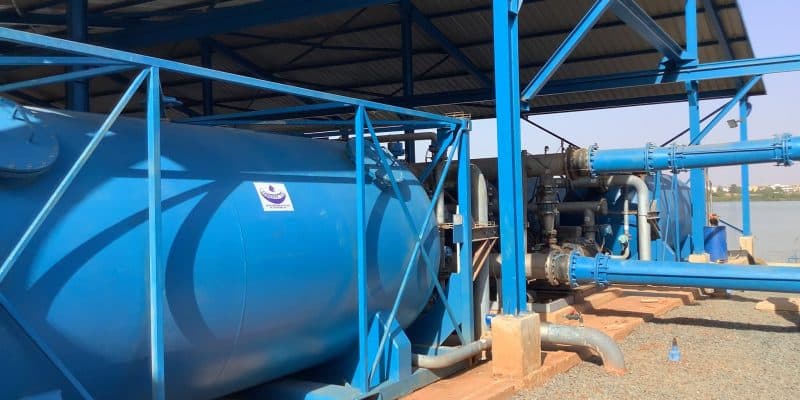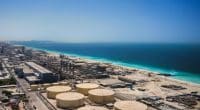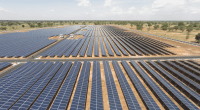Faced with drinking water shortages in the district of Bamako, the government of Mali is inaugurating a new pumping station. The compact station in the locality of Kalabambougou benefits 100,000 people.
The people of Kalabambougou in the district of Bamako have been receiving drinking water continuously since 5 January 2023. This is thanks to a new compact pumping station commissioned in this locality by the Malian Minister of Energy and Water, Lamine Seydou. The installation, which is located in the Bamako IV council , is gradually solving the shortages of drinking water in this part of the Malian capital.
Read also –
“This prefabricated station has been transferred from the right bank of Bamako, where drinking water coverage is satisfactory, to the left bank of the Niger River, where most of the taps are dry,” says the Société Malienne de Gestion de l’Eau Potable (SOMAGEP), which installed the new station. The right bank of Bamako also has the largest operational drinking water plant in Mali. The plant, built by the French group Suez, is located in Kabala and has a capacity of 300,000 m3 per day.
Drinking water supply for 100,000 people
The Kalabambougou pumping station is capable of supplying 12,000 m3 per day. The water pumped by the facility is sent to a treatment plant and then distributed to the population. According to the Malian authorities, an additional 100,000 people in Bamako are better served with drinking water.
According to Somagep, the transfer of the pumping station from the right bank of Bamako to the locality of Kalabambougou required an investment of 300 million CFA francs (more than 457,000 euros) financed by the Malian state. Somagep’s approach will also increase the rate of access to drinking water throughout Mali. According to the Malian Ministry of Mines, Energy and Water, 65.3% of Mali’s rural population had access to drinking water in 2020, compared to 74.7% in urban areas in 2018.
Inès Magoum







